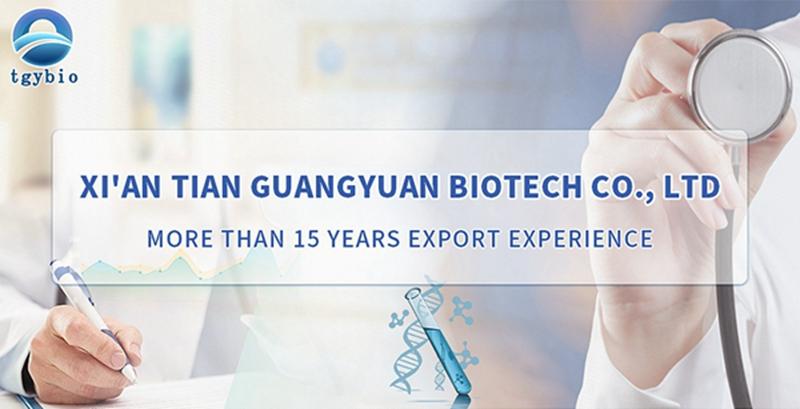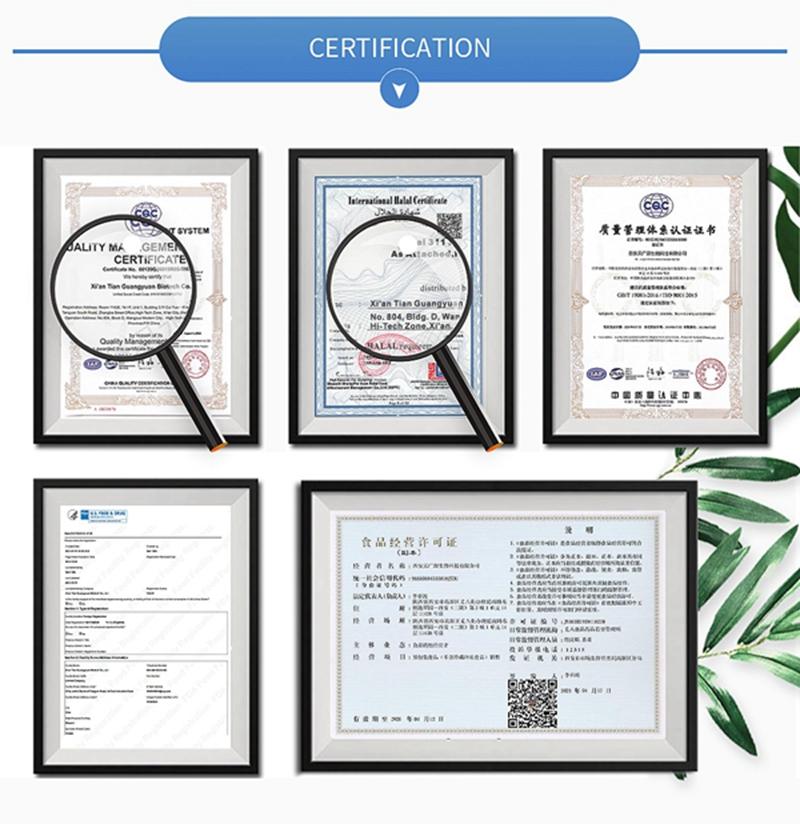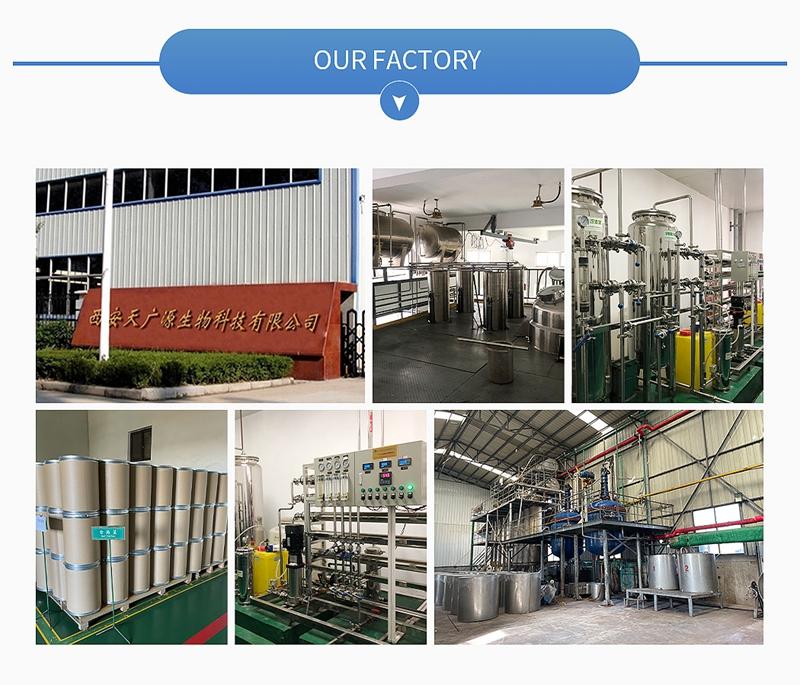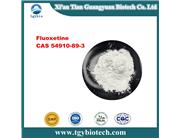Curcumin
$ 50.00
/1Kg/Bag
- Min. Order1Kg/Bag
- Purity95%
- Cas No458-37-7
- Supply Ability2500kg/month
- Update time2024-09-18
Enterprise Verified
Business Bank account
Basic Contact Infomation
Business Address
Manufacturer
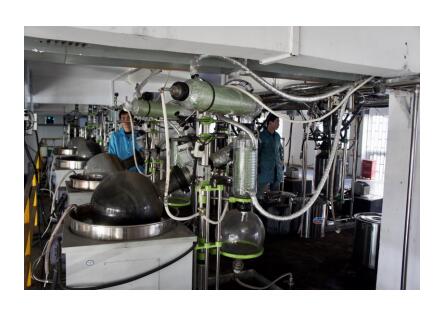


Chemical Properties
| Product Name | Curcumin |
| CAS No | 458-37-7 |
| EC-No | 207-280-5 |
| Min. Order | 1Kg/Bag |
| Purity | 95% |
| Supply Ability | 2500kg/month |
| Release date | 2024/09/18 |
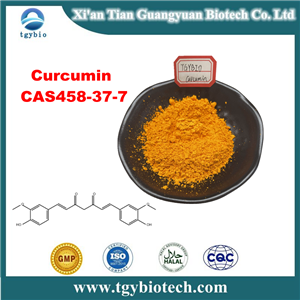
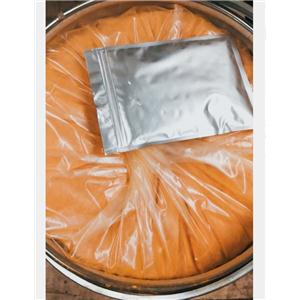
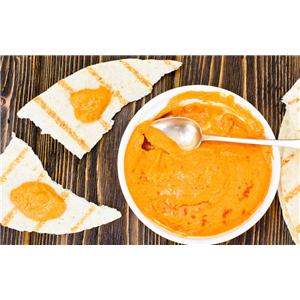
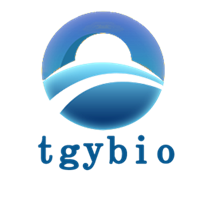
 China
China